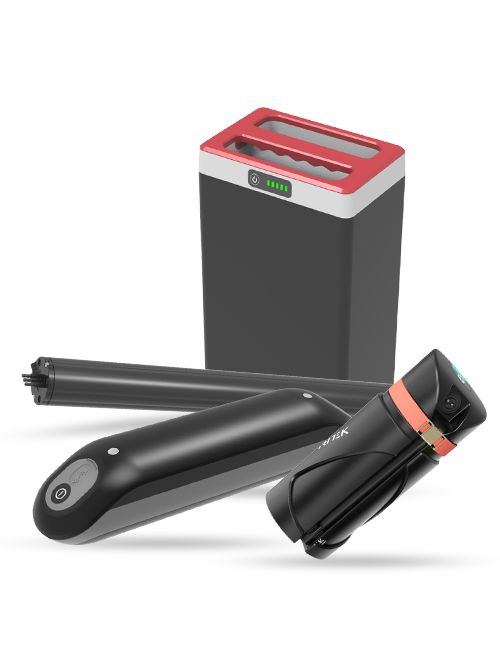Battery cells are the fundamental building blocks of modern energy storage and power systems. They come in various shapes, sizes, and capacities, each designed to meet specific performance criteria and application needs. This article aims to provide a comprehensive guide on the different battery cell types—32650, 32140, 26650, 21700, 18650, 14500, and 14250—detailing their specifications, advantages, and common uses.
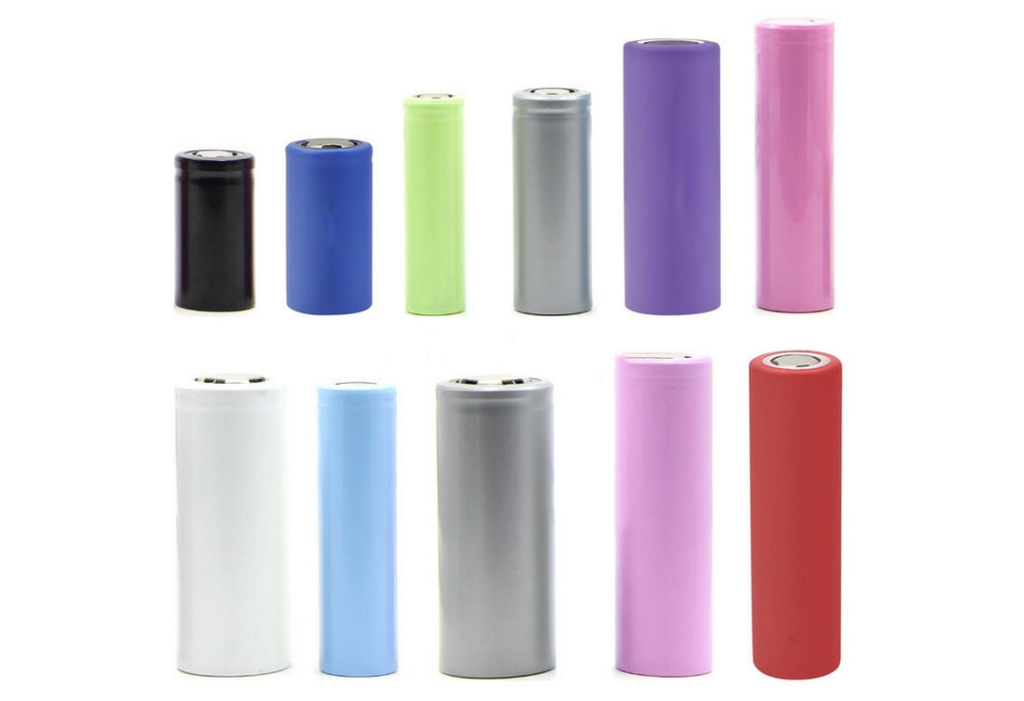
Battery Cell Basics
Battery cells are electrochemical devices that store and release electrical energy through chemical reactions. They are typically classified by their size, capacity, voltage, and chemical composition.
Key Characteristics:
- Capacity: Measured in milliampere-hours (mAh) or ampere-hours (Ah), indicating the amount of charge a battery can hold.
- Voltage: The electrical potential difference, usually measured in volts (V).
- Discharge Rate: The rate at which the battery discharges its energy, often indicated by the C-rate.
- Dimensions: Physical size and shape, which influence compatibility with devices.
Applications: Battery cells are used in a wide range of applications, including consumer electronics, EVs, energy storage systems, and industrial equipment.
32650 Battery Cells for Electric Vehicles
Specifications and Features:
- Size: 32mm diameter, 65mm height.
- Capacity: Typically ranges from 5000mAh to 6000mAh.
- Voltage: Commonly 3.2V or 3.7V, depending on the chemistry.
- Chemistry: Lithium Iron Phosphate (LiFePO4) and Lithium Nickel Manganese Cobalt Oxide (NMC) are common.
Advantages:
- High capacity and energy density.
- Long cycle life and stable performance.
- Excellent thermal stability and safety.
Common Uses:
- Electric vehicles (EVs).
- Energy storage systems, including grid scale energy storage.
- Industrial equipment and power tools.
32140 Battery Cells
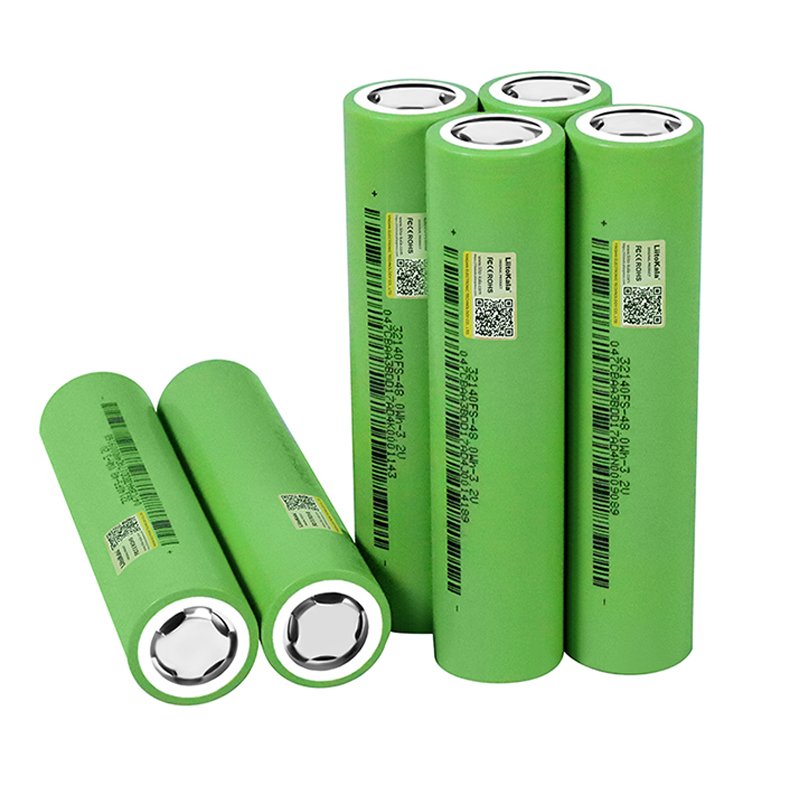
Specifications and Features:
- Size: 32mm diameter, 140mm height.
- Capacity: Typically ranges from 6000mAh to 8000mAh.
- Voltage: Usually 3.2V or 3.7V, depending on the chemistry.
- Chemistry: Commonly Lithium Iron Phosphate (LiFePO4) and NMC.
Advantages:
- High capacity and long cycle life.
- Excellent thermal stability and safety.
- Suitable for high-power applications.
Common Uses:
- Electric vehicles (EVs).
- Renewable energy storage systems.
- Industrial applications and power tools.
Tritek’s 32140 battery packs:
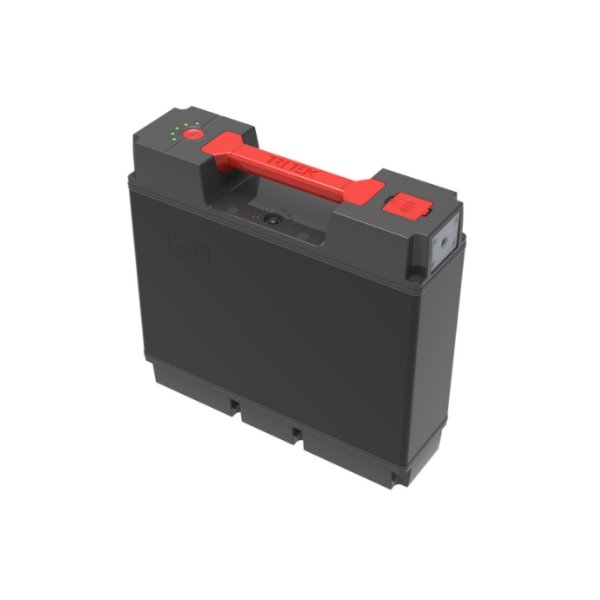
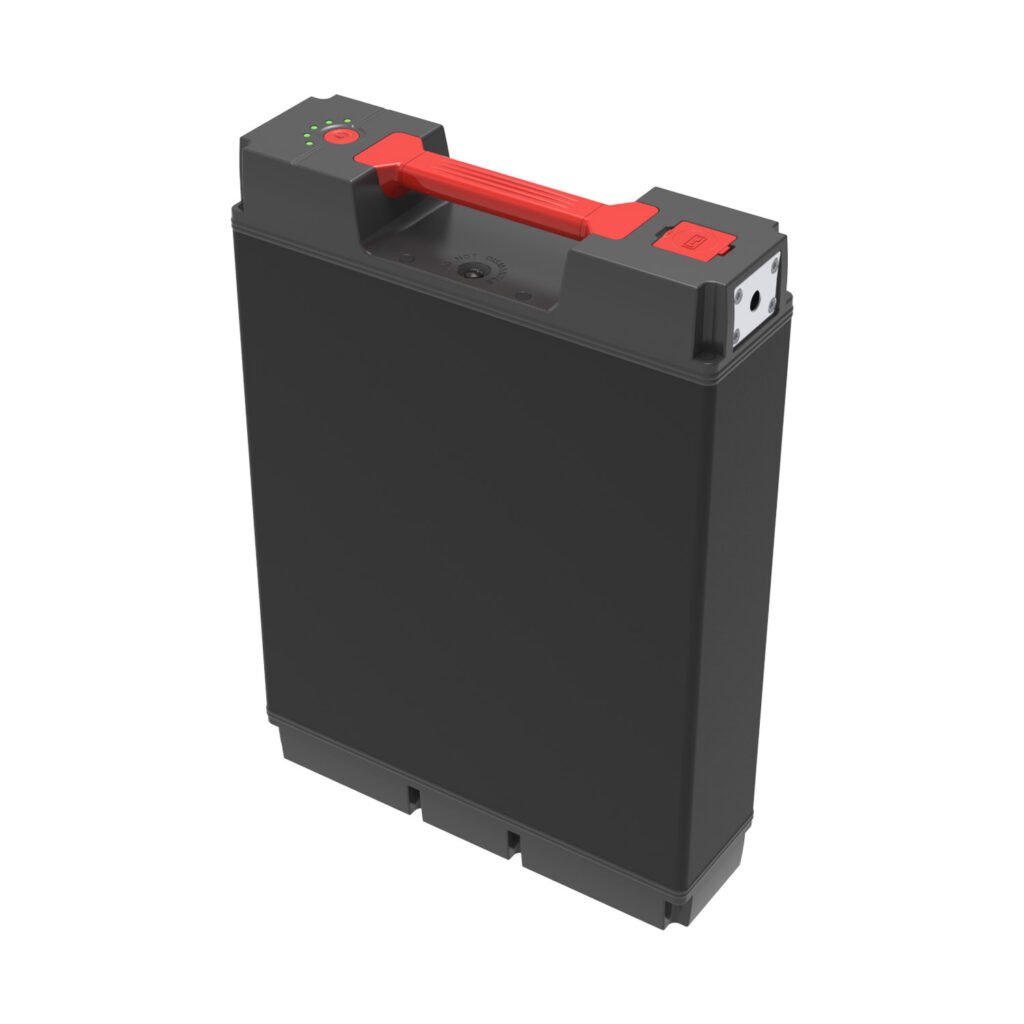
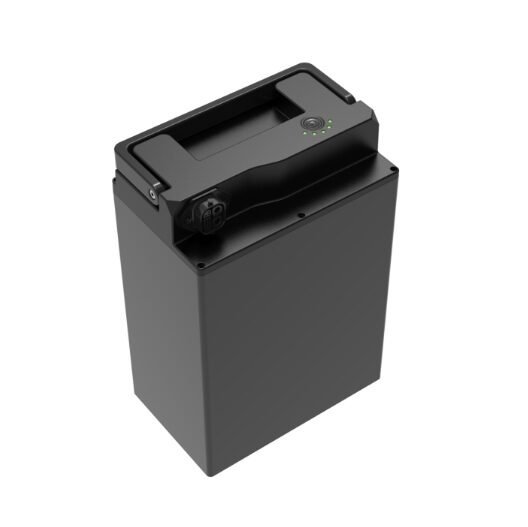
26650 Battery Cells
Specifications and Features:
- Size: 26mm diameter, 65mm height.
- Capacity: Typically ranges from 3000mAh to 5000mAh.
- Voltage: Usually 3.6V or 3.7V.
- Chemistry: Commonly Lithium Iron Phosphate (LiFePO4) and Lithium Nickel Manganese Cobalt Oxide (NMC).
Advantages:
- Higher capacity compared to 18650 cells.
- Good balance of size, weight, and performance.
- Reliable and durable with a high discharge rate.
Common Uses:
- High-drain devices.
- Flashlights.
- Power tools and industrial applications.
21700 Battery Cells
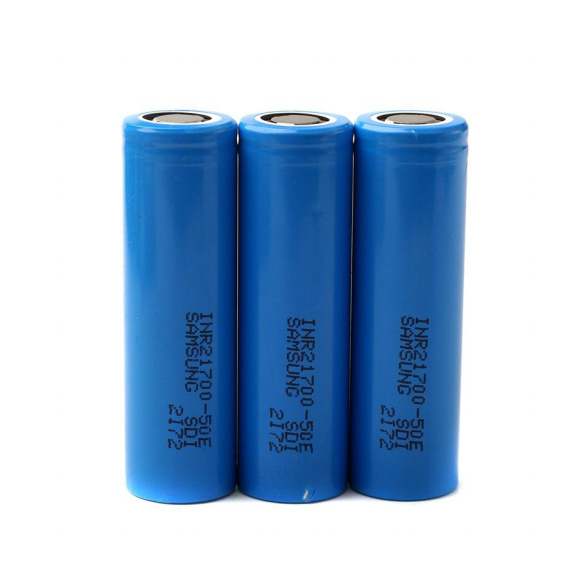
Specifications and Features:
- Size: 21mm diameter, 70mm height.
- Capacity: Typically ranges from 4000mAh to 5000mAh.
- Voltage: Usually 3.6V or 3.7V.
- Chemistry: Commonly NMC and Lithium Iron Phosphate (LiFePO4).
Advantages:
- Higher capacity and energy density compared to 18650 cells.
- Improved efficiency and longer runtime.
- Suitable for high-energy applications.
Common Uses:
- Electric vehicles (EVs).
- Power tools.
- Energy storage systems.
Tritek’s 21700 battery packs:
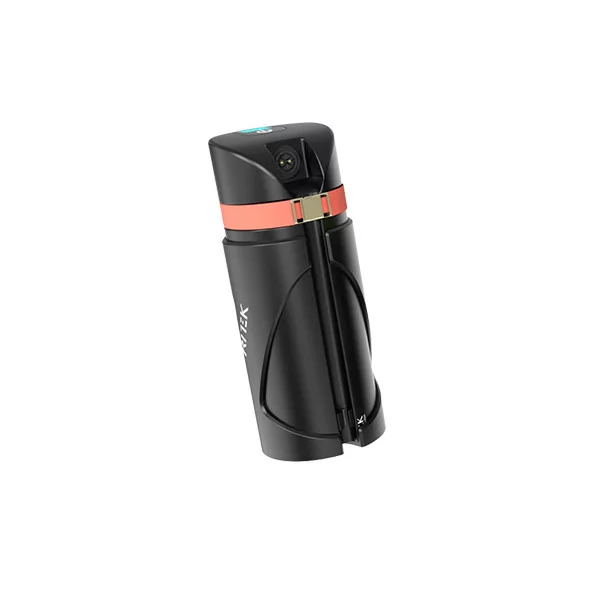
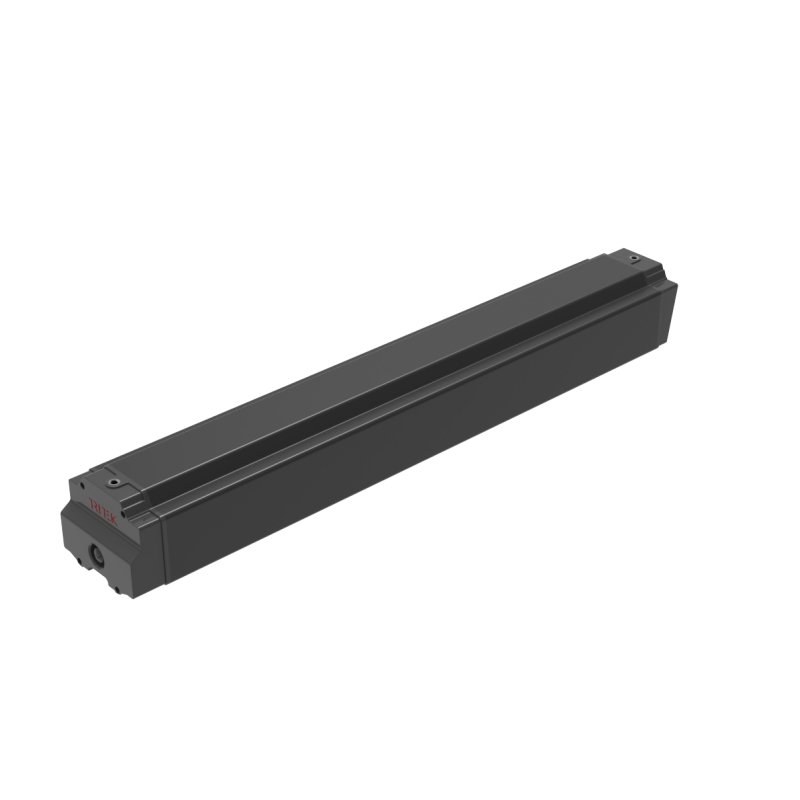
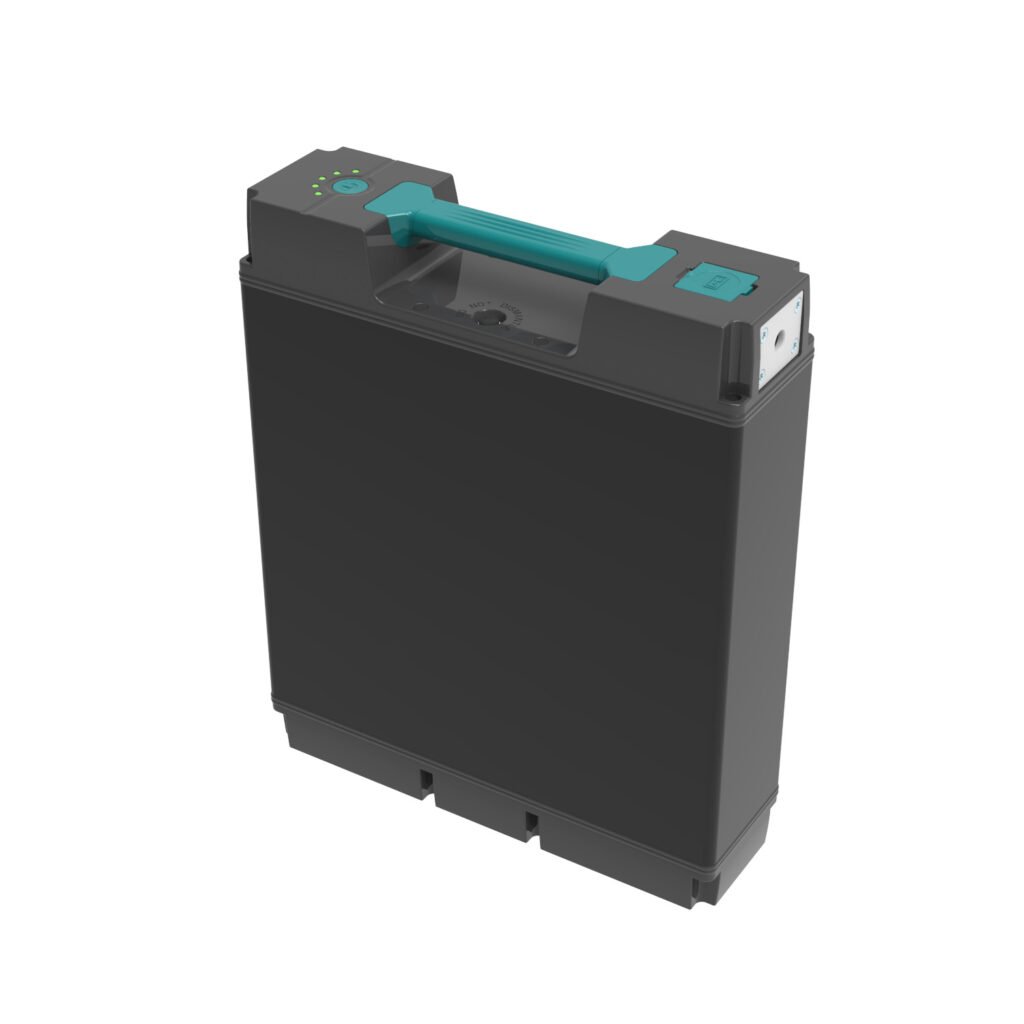
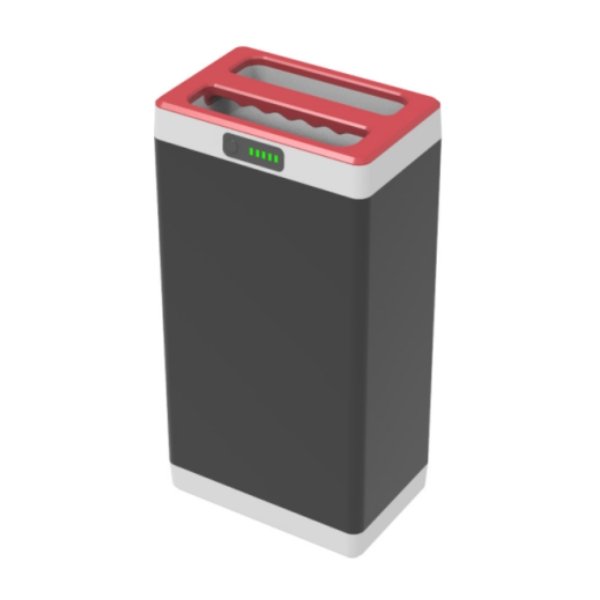
18650 Battery Cells
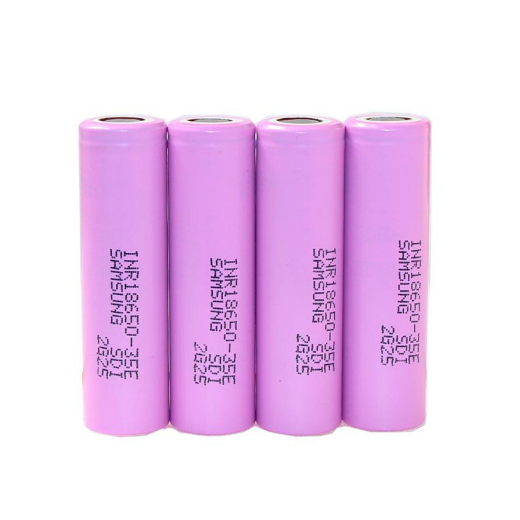
Specifications and Features:
- Size: 18mm diameter, 65mm height.
- Capacity: Typically ranges from 2000mAh to 3500mAh.
- Voltage: Usually 3.6V or 3.7V.
- Chemistry: Widely available in Lithium Cobalt Oxide (LCO), Lithium Manganese Oxide (LMO), and NMC variants.
Advantages:
- Highly popular and widely available.
- Good balance of performance, size, and cost.
- Versatile with a wide range of applications.
Common Uses:
- Laptops.
- Flashlights.
- Electric cars and e-bikes.
Tritek’s 18650 battery packs:
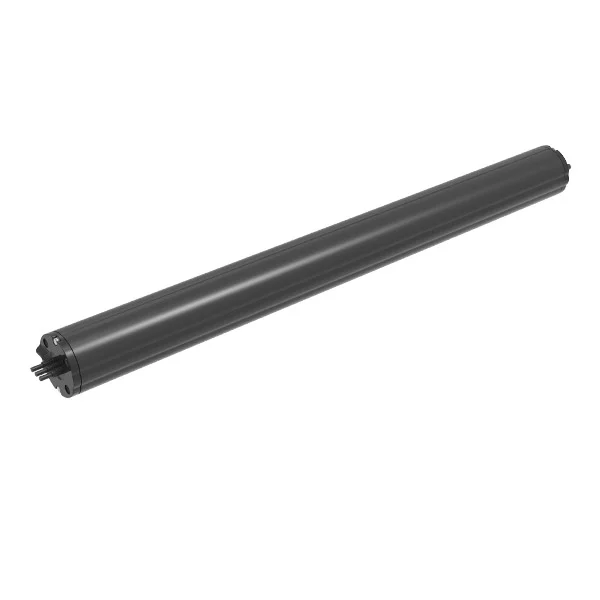
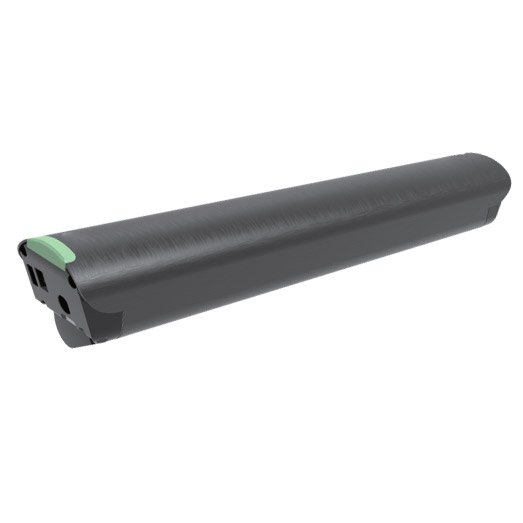
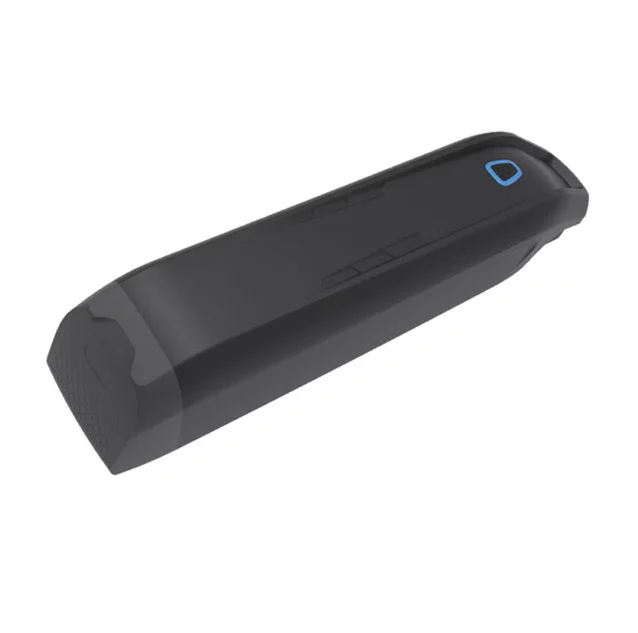
14500 Battery Cells
Specifications and Features:
- Size: 14mm diameter, 50mm height.
- Capacity: Typically ranges from 600mAh to 800mAh.
- Voltage: Commonly 3.7V.
- Chemistry: Usually Lithium Iron Phosphate (LiFePO4) or Lithium Cobalt Oxide (LCO).
Advantages:
- Compatible with AA-sized devices.
- Lightweight and compact.
- Good for small, portable electronic devices.
Common Uses:
- Flashlights.
- Remote controls.
- Digital cameras
- Small electronic devices.
14250 Battery Cells
Specifications and Features:
- Size: 14mm diameter, 25mm height.
- Capacity: Typically ranges from 300mAh to 400mAh.
- Voltage: Usually 3.6V.
- Chemistry: Commonly Lithium Thionyl Chloride (Li-SOCl2) or Lithium Manganese Dioxide (Li-MnO2).
Advantages:
- Compact size for specialized devices.
- Long shelf life and stable performance.
- Reliable for low-drain applications.
Common Uses:
- Memory backup systems.
- Security devices.
- Medical equipment.
Conclusion
In summary, each battery cell type—32650, 32140, 26650, 21700, 18650, 14500, and 14250—offers unique specifications and advantages that cater to various applications. When selecting the appropriate battery cell for your needs, consider factors such as capacity, voltage, size, and intended use. As battery technology continues to evolve, we can expect further innovations that will enhance the performance and versatility of these essential power sources.
References
Technical Data Sheets: For detailed technical specifications, refer to the respective battery cell manufacturers’ data sheets.
Industry Standards and Certifications: Ensure compliance with relevant standards and certifications such as CE, FCC, UL2271, IEC62133, EN50604, and EN15194.
FAQ
How do lithium-ion batteries compare to lead-acid batteries in terms of energy storage capacity?
Lithium-ion batteries have a higher energy density compared to lead-acid batteries. This means they can store more energy in a smaller and lighter package, making them ideal for portable electronics and renewable energy systems.
What are the primary advantages of using cylindrical cells in battery packs?
Cylindrical cells, like the 18650 and 21700, offer high energy density and excellent electrochemical performance. They are widely used in portable devices and EVs due to their robust design, ease of assembly, and efficient heat dissipation.
Are solid-state batteries a better option than existing lithium-ion batteries?
Solid-state batteries are considered the next generation of battery technology. They offer higher energy density and improved safety compared to traditional lithium-ion batteries. However, they are still in the development stage and not yet widely available for mass production.
How do prismatic cells differ from pouch cells in lithium battery technology?
Prismatic cells are rigid and rectangular, providing a higher packing efficiency and structural stability for larger battery packs, such as those used in electric vehicles. Pouch cells, on the other hand, are flexible and lightweight, making them suitable for applications requiring customized shapes and sizes, like portable electronics and medical devices.
What are the advantages of using rechargeable lithium batteries over non-rechargeable batteries?
Rechargeable lithium batteries offer several advantages over non-rechargeable batteries. They have a higher energy density, longer lifespan, and are more cost-effective in the long run. Rechargeable batteries also reduce waste and environmental impact, making them ideal for a variety of applications, including portable electronics and electric vehicles.


